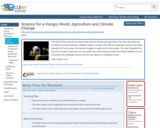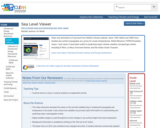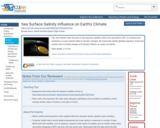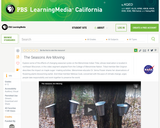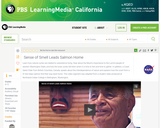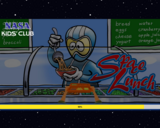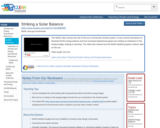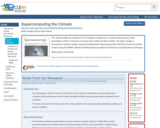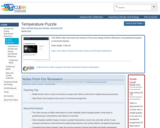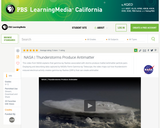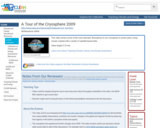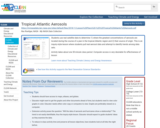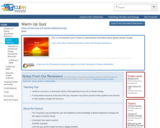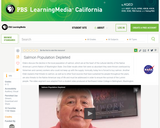
In this video segment adapted from Northwest Indian College, Lummi Elders explain how a decline in the availability of salmon reflects a threatened environment that must in some way be protected.
- Subject:
- Ecology
- Forestry and Agriculture
- Geoscience
- Life Science
- Physical Science
- Material Type:
- Lesson
- Provider:
- PBS LearningMedia
- Provider Set:
- PBS Learning Media Common Core Collection
- Author:
- NASA
- WGBH Educational Foundation
- Date Added:
- 03/24/2010
